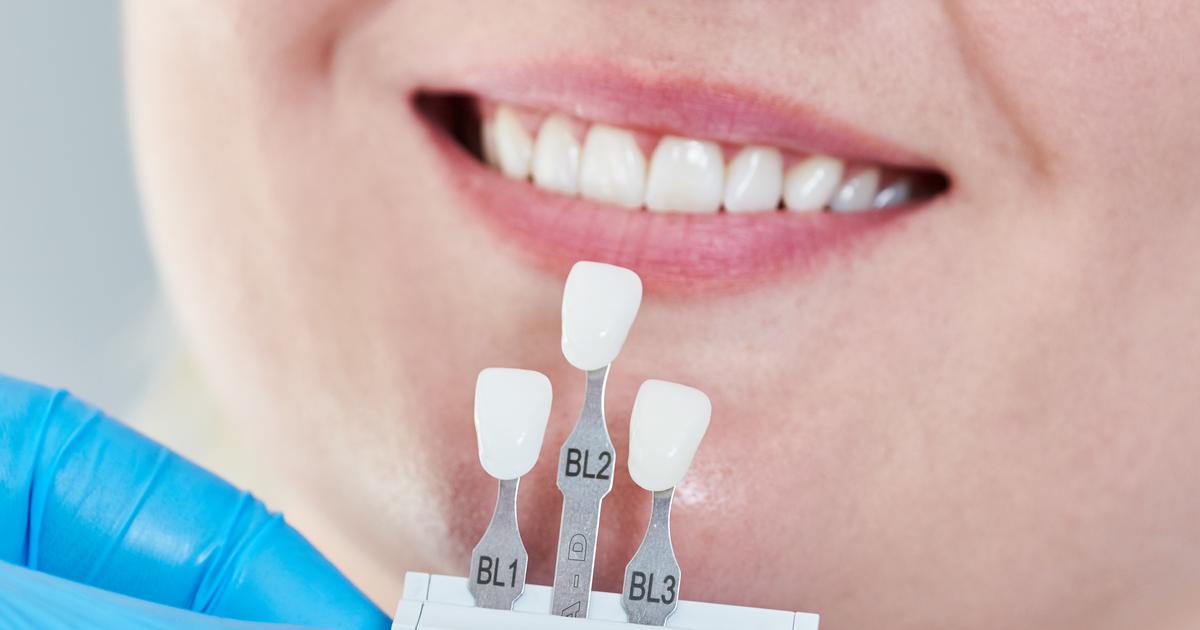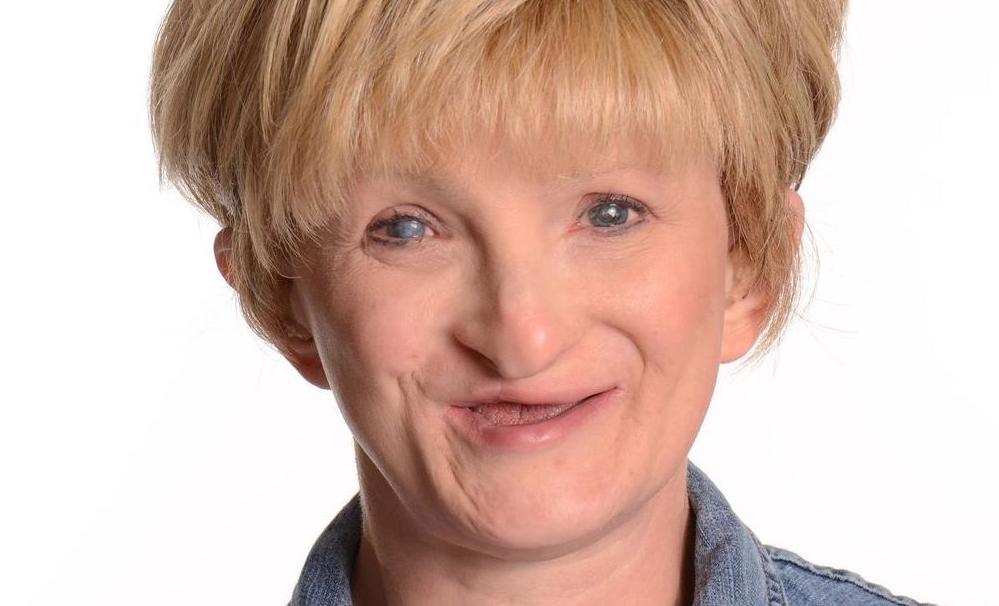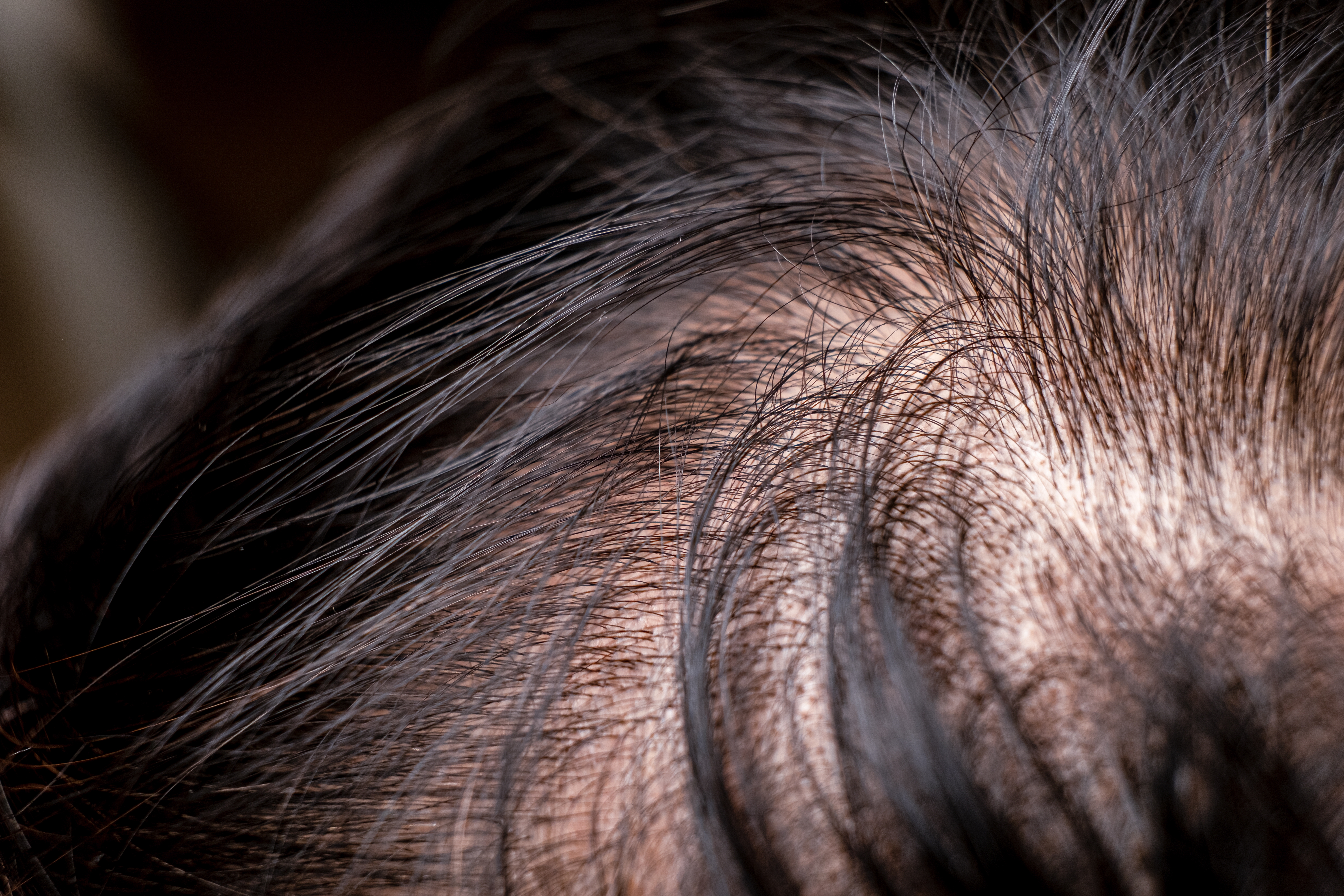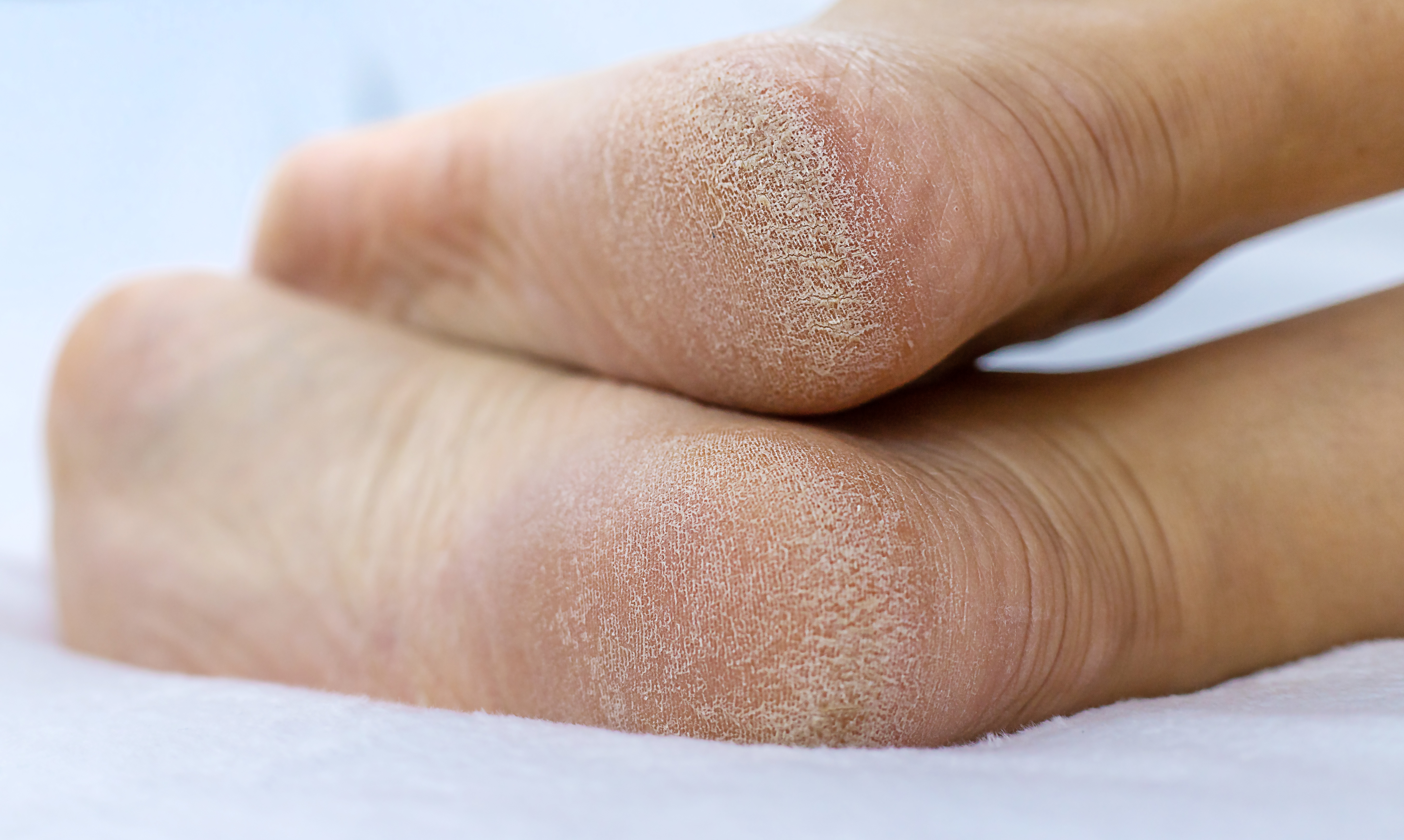10 Key Warning Signs Of EEC Syndrome
Imagine a genetic blueprint subtly altered, impacting everything from the curve of a lip to the formation of a hand. Ectrodactyly-ectodermal dysplasia-clefting syndrome, or EEC syndrome, is precisely that—a complex group of disorders stemming from mutations, most commonly in the TP63 gene. This autosomal dominant condition uniquely affects the ectoderm, the embryonic tissue responsible for developing crucial features like skin, hair, teeth, nails, and sweat glands. While it can be diagnosed through physical examination and genetic testing, recognizing the early indicators is vital. This article unveils 10 key warning signs of EEC syndrome, helping you understand its diverse manifestations and the critical importance of early identification.
1. Missing Or Irregular Fingers Or Toes

A characteristic warning sign of EEC syndrome is ectrodactyly, which is where the affected individual has missing fingers or toes. All of the fingers and toes may be completely missing, or the individual may be missing just some of them. Most often, ectrodactyly affects the middle digits or the middle fingers and toes. Some individuals may exhibit some form of ectrodactyly in all four of their hands and feet. Syndactyly is when an individual's toes or fingers are fused or webbed together. Some individuals only experience this as a result of EEC syndrome. These defects in the fingers and toes occur in individuals affected by EEC syndrome because of a disruption in the initial development of these tissues. This disruption is a result of a mutation in the TP63 gene, which is responsible for the encoding of a protein crucial for limb and limb substructure development. The coding can be jumbled, have a part missing, or have abnormal sections. These TP63 gene mutations cause the wrong protein or the incorrect variation of the proper protein to be produced. The result is irregularity or absence of the fingers or toes.
2. Cleft Palate Or Lip

A cleft palate or lip is a distinctive facial malformation that occurs in EEC syndrome patients. The affected individual may exhibit a cleft lip with or without the presence of a cleft palate. These malformations occur while the individual is in the early stages of development in utero. The clefting of the palate or lip happens when there is not enough tissue in the mouth or lips. This absence causes the present tissues not to join together correctly. A cleft lip is a physical separation or split of the upper lip's two sides that appears as a narrow gap or opening in the skin. The separation may continue beyond the nasal base and include the upper gum and upper jaw bones. A cleft palate is an opening or split in the roof region of an individual's mouth. The front boney section of the roof of the oral cavity may be affected along with or without the soft back part of the roof of the mouth. Both malformations can happen on only one or both sides of the individual's mouth. EEC syndrome patients will not always have both a cleft lip and cleft palate because the palate and lip develop separately.
3. Abnormal Tooth Enamel

Many EEC syndrome patients have abnormal tooth enamel. Tooth enamel is known to be the hardest substance present in the human body, but it is not made of living cells. As a result, tooth enamel is not able to repair or improve itself on its own. Individuals with EEC syndrome encounter a disruption in the process of initial tooth enamel formation as a result of a genetic mutation. The patient may be missing portions of their tooth enamel, or the tooth enamel may be functionally defective. Without the protection of the tooth enamel, the teeth are incredibly prone to severe decay and disintegration. The enamel also protects the dentin layer of the teeth from extreme temperatures, so EEC syndrome patients may have a sensitivity to hot and cold exposures. Severe and continuous pain commonly results from exposed tooth dentin due to the proximity to the underlying nerve roots that make up the pulp in the tooth's root canal. Some individuals will experience early tooth loss, cracked teeth, and other periodontal diseases at a very early age. The degree of tooth enamel abnormality in EEC syndrome patients can range from minimal to extensive and severe.
4. Distinctive Facial Features

Distinctive facial features may develop in some EEC syndrome patients. Maxillary hypoplasia or upper jaw underdevelopment occurs when the maxillary bones or upper jawbones do not fully form. This lack of development causes the patient's face to have a sunken appearance and makes the lower jaw stick out more than normal. Another common facial feature seen in individuals affected by EEC syndrome is a broad nasal tip. This feature is defined by an excessive increase in width of the nose tip that is abnormally disproportional to the width of the top of the nose. The patient may also exhibit an irregularly long philtrum or groove located between the upper lip and the nose. Choanal atresia often occurs in EEC syndrome patients where the choana or back of the nasal passage is obstructed. This blockage occurs when the nasal channels are not formed correctly during the individual's development in the womb. An uncommon distinctive facial feature seen in those affected by EEC syndrome is abnormally small ears. The auricles or outer parts of the ear may also be malformed.
5. Tear Production Abnormality

Tear production abnormality has been observed as a symptom that occurs in some individuals with EEC syndrome. The tear ducts are the small tubes near the inner corners of the eyes the tears use to drain from the eye into the nose. Abnormal tear production can occur as a result of the obstruction of tear drainage in one of three parts of this tear duct. EEC syndrome can cause any or all parts of the duct to not fully develop, abnormally develop, or be narrower than usual. When tear flow is stopped in the part of the duct that drains into the nose, it is called a nasolacrimal duct obstruction. When the flow is stopped in the tear drain of the eyelid, it is called a canalicular obstruction. When the tear flow is stopped in the eyelid margin opening, it is called punctal stenosis. When the tears are unable to drain from the eye, the patient will experience excessive tearing or frequent watery eyes. Tear production abnormalities can result in chronic conjunctivitis, vision impairment, eye infections, photophobia, corneal ulcerations, keratitis, and blepharitis.
6. Sparse, Fine, or Absent Hair (Hypotrichosis/Atrichosis)

A key indicator of ectodermal involvement in EEC syndrome is abnormal hair growth. Affected individuals may exhibit hypotrichosis (sparse hair) or even atrichosis (complete absence of hair) on the scalp, eyebrows, and eyelashes. The hair that is present can be unusually fine, brittle, or slow-growing. This isn't just a cosmetic concern; it points directly to the compromised development of hair follicles, one of the primary structures derived from the ectoderm. Observing these specific hair abnormalities can be a critical early warning sign, prompting further genetic investigation.
7. Dry Skin (Xerosis) and Reduced Sweating (Hypohidrosis)

The skin, another major ectodermal derivative, often presents with distinct issues in EEC syndrome. Patients may experience chronic dry, rough, or flaky skin (xerosis) due to impaired skin barrier function. More critically, hypohidrosis (reduced sweating) or even anhidrosis (absence of sweating) is common. This impairs the body's ability to regulate temperature, leading to heat intolerance and potentially dangerous hyperthermia, especially in warm environments or during physical activity. These subtle but significant skin and sweat gland dysfunctions are crucial diagnostic clues, signaling broader ectodermal involvement.
8. Nail Abnormalities (Onychodysplasia)

Nails, also formed from the ectoderm, frequently show abnormalities in individuals with EEC syndrome, ranging from subtle to severe. These can include onychodysplasia (malformed nails) such as brittle, ridged, or unusually thin nails. Some may have dystrophic nails, which are discolored or oddly shaped, while others might experience complete nail absence (anonychia) on some digits. These nail defects, alongside limb abnormalities, provide direct visual evidence of ectodermal disruption during development, offering a clear diagnostic pointer for clinicians.
9. Genitourinary System Abnormalities (Less Obvious but Critical)

A less immediately visible but significant warning sign of EEC syndrome involves the genitourinary system. Affected individuals may present with abnormalities of the kidneys, bladder, or reproductive organs. These can include kidney malformations (e.g., renal agenesis), bladder diverticula, or issues with ureter connections. While not always obvious externally, recurrent urinary tract infections, difficulties with urination, or even early onset kidney disease can be critical indicators. Such internal malformations highlight the broad systemic reach of the genetic mutations underlying EEC syndrome beyond the more visible external features.
10. Hearing Impairment (Often Overlooked)

While not universally present, hearing impairment is a significant and often overlooked warning sign in some individuals with EEC syndrome. This can range from mild to severe hearing loss, often sensorineural, affecting the inner ear's ability to process sound. The ectodermal origins contribute to the development of structures within the ear. Therefore, any concerns regarding hearing development, particularly in conjunction with other EEC-related symptoms, warrant thorough audiological evaluation. Early detection is crucial for appropriate intervention, ensuring optimal language development and quality of life.
Navigating the Genetic Landscape: The Power of Early Recognition

EEC syndrome, with its diverse and often complex manifestations, paints a profound picture of how single genetic alterations can ripple across multiple bodily systems. From distinct facial features and limb differences to vital, often overlooked, internal and sensory impacts on sweating, kidney function, and hearing, recognizing these 10 key warning signs is absolutely crucial. Early identification through vigilant observation and genetic testing empowers families and medical professionals to initiate timely interventions. This proactive approach can significantly improve quality of life, manage symptoms effectively, and ensure comprehensive care, allowing affected individuals to thrive despite the challenges posed by this multifaceted genetic condition.